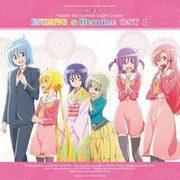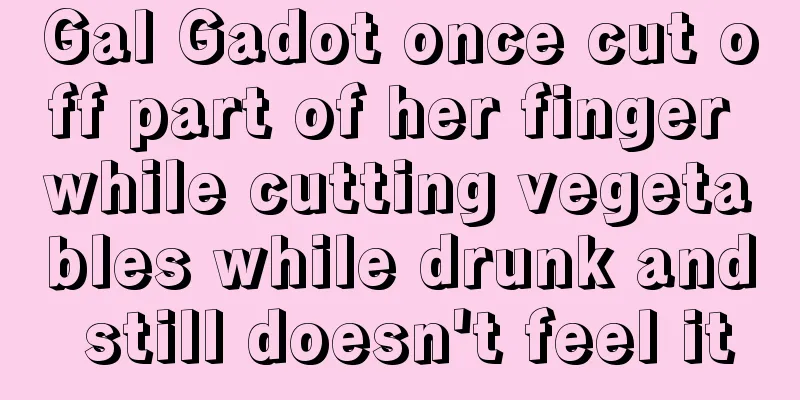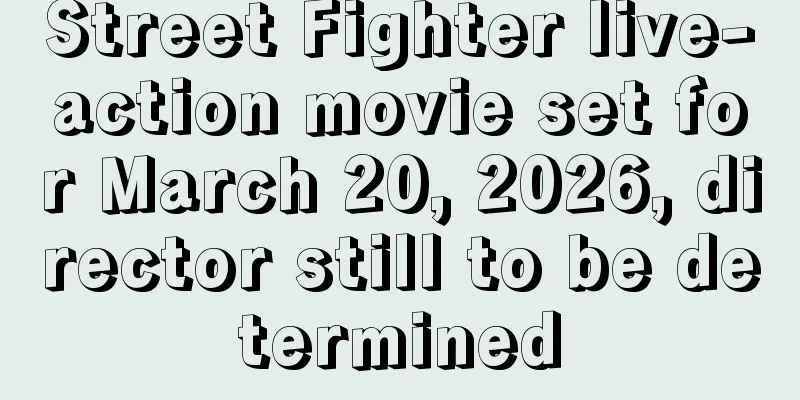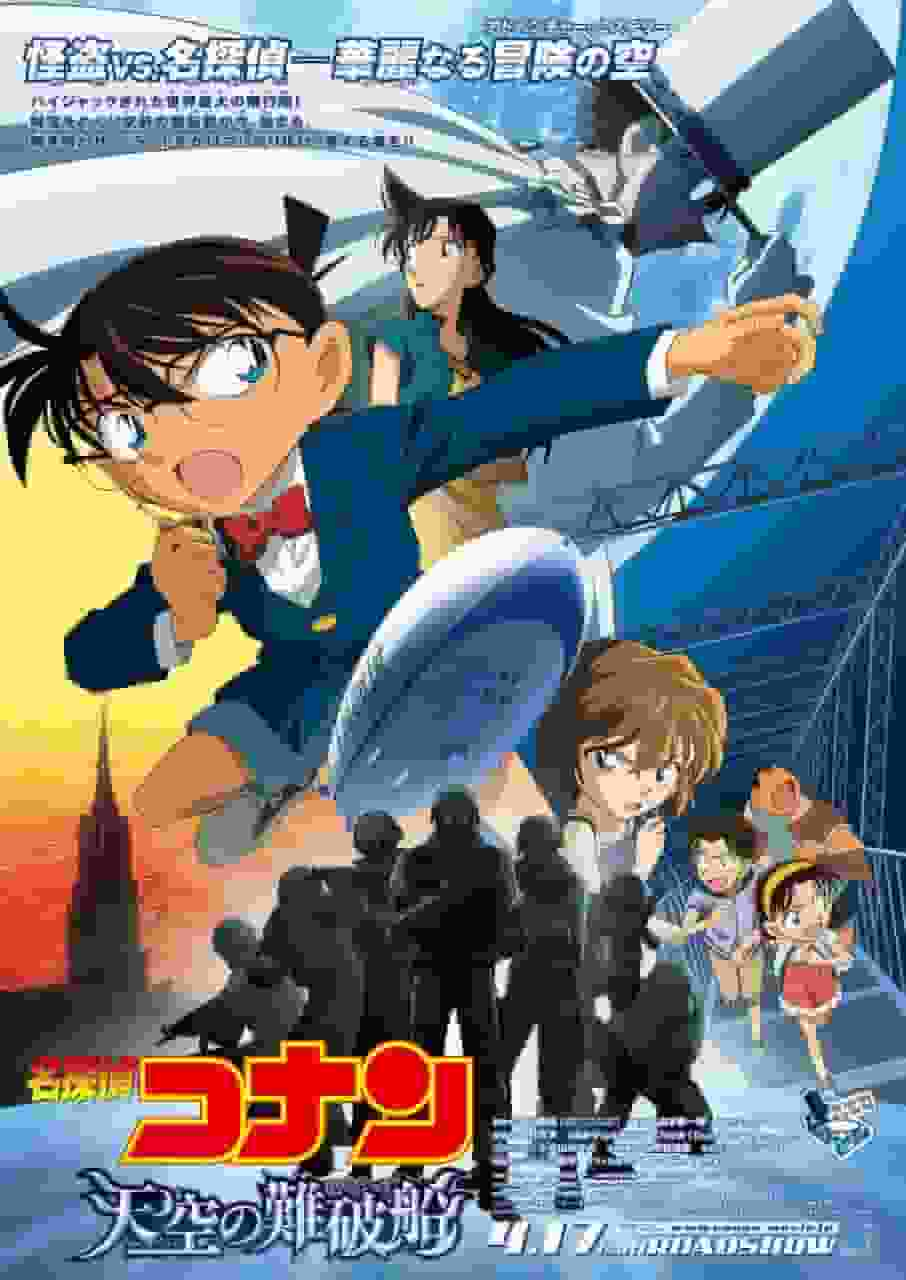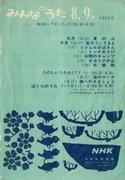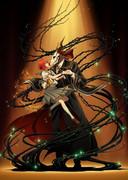The appeal and reviews of "The North Wind and the Sun": A moving story and deep characters
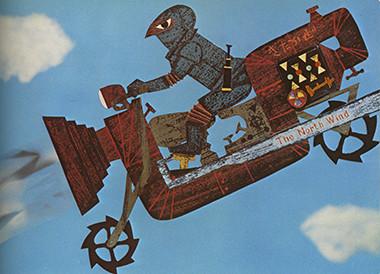
The Northern Wind and the Sun■ Public Mediatheater ■ Original MediaFairy tales ■ Release date1960 ■Frequencies8 mins ■ Number of EpisodesEpisode 1 ■Original StoryAesop's Fables ■ ProductionProduced by Gakken Film Division Produced by Haruo Ito Directed by Kazuhiko Watanabe Produced by Masaru Furuoka ■Explanation The third book in the Aesop series. A paper-cut animation of the story of the North Wind and the Sun competing in a contest of strength to strip a traveler of his overcoat. ■Cast・Narrator: Yoshiko Tamura ■ Main staff・Production: Gakken Film Bureau ・Production: Furuoka Masaru ・Planning: Hara Masatsugu, Yamamoto Hideo, Kanbayashi Shinichi ・Production manager: Ito Haruo ・Screenplay: Watanabe Kazuhiko ・Direction: Watanabe Kazuhiko ・Cinematography: Terayama Takeshi ・Cinematography assistant: Kaneko Yasuo ・Animator: Teraji Kaori ・Animation: Shimizu Kozo ・Music: Imai Shigeyuki ・Sound effects: Sonoda Yoshitatsu ReviewReleased in 1960, "The Northern Wind and the Sun" is an animated film based on Aesop's fable and produced by the Gakken Film Division. The film was created using a unique technique called Kirigami Douga, and has been highly praised for its artistry and clever storytelling. Below, we will take a closer look at the appeal of this film and its background. Story and Themes"The North Wind and the Sun" is based on Aesop's fable "The North Wind and the Sun." This story has a simple plot in which the North Wind and the Sun compete to see who can take off a traveler's coat. The North Wind blows strong winds to make the traveler cold, but the traveler ends up wearing his coat tightly. Meanwhile, the Sun shines warm light, and the traveler cannot bear the heat and takes off his coat. This story conveys the message that kindness and warmth are more effective at moving people than force. This work uses a technique called Kirigami Douga to visually express the development of the story. Kirigami Douga is a technique that creates animation by cutting out pieces of paper and moving them, and its handmade feel and warmth match the theme of the story. In particular, in scenes lit by sunlight, the texture of the paper stands out beautifully, creating a visual impact. Production background and technology"The Northern Wind and the Sun" is the third film in the Aesop series produced by Gakken Film Division. The series was produced with the aim of teaching moral lessons to children. Gakken Film Division aims to provide educational content, and this film is positioned as part of that. Director Kazuhiko Watanabe skillfully used the technique of Kirigami Douga to visually express the development of the story. Watanabe managed to balance visual beauty with the depth of the story by making the most of the texture and movement of the paper. In addition, Shigeyuki Imai, who was in charge of the music, provided a gentle melody that matched the atmosphere of the story, further enhancing the visual expression. Many staff members were involved in the production of this work. In particular, animator Terashika Kachiko and illustrator Shimizu Kozo made full use of the techniques of paper cutting animation to create a rich depiction of the world of the story. In addition, cinematographer Terayama Takeshi and assistant cinematographer Kaneko Yasuo pursued the beauty of the images, enhancing the completeness of the work. Evaluation and impact"The Northern Wind and the Sun" has been highly praised since its release. It has been especially praised for its visual beauty, which is achieved through the use of paper cutting techniques, and for the moral lessons the story conveys to children. The film has been praised not only as educational content, but also as a work of art, and has been loved by many people. The influence of this work can still be seen in later animation productions. The technique of Kirigami Doga (paper cutting animation) was praised for its handmade feel and warmth, and was incorporated into many works. In addition, the theme of this work, "kindness and warmth move people more than force," resonated with many people and had a social impact. Recommendation"The Northern Wind and the Sun" is a film that can be enjoyed by both children and adults. Its appeal lies in its visual beauty, achieved through the use of paper cutting techniques, and in the moral lessons the story conveys to children. Watching this film together as a family can help to reaffirm the importance of kindness and warmth. It is also a valuable work for those interested in the history and techniques of animation. Please watch this film and experience its charm. Supplementary Information"The North Wind and the Sun" is an animated film released in 1960 that had a major impact on subsequent animation production. This work was part of the Aesop series produced by Gakken Film Division, and was intended to convey moral lessons to children. It was loved by many people for its visual beauty, which was achieved using the paper cutting technique, and for the theme of the story. This work was appreciated not only as educational content, but also as a work of art, and influenced subsequent animation production. Related Titles・The first book in the Aesop series, "The Tortoise and the Hare" References・"History of Japanese Animation Films" by Yamaguchi Katsunori and Watanabe Yasushi, Planet, p. 259 How to watch"The North Wind and the Sun" is now available on DVD and online. Educational institutions and libraries may have it on their shelves. Those interested in the history and techniques of animation can learn more about the film in specialized books and websites. |
<<: The Shoemaker and the Elves: A fascinating story and deep insight into the characters
>>: A thorough review of "FASHION"! What is the appeal of the stylish world view and characters?
Recommend
Special promotional PV for the new volume of Hiroya Oku's new work "Gantz:E" released
The first volume of the new manga "Gantz: E&...
The appeal and reviews of "Komori-san Can't Refuse!": A work that is definitely recommended
"Komori-san Can't Refuse!" - The ap...
'Super Mario Bros. Movie' surpasses 'Frozen' at global box office
The animated film "Super Mario Bros. Movie&q...
New stills of "John Wick 4" will be released in mainland China on March 14 without cuts or coding
Today (February 28), the official announcement of...
Alice's Season: A thorough analysis of the charm and emotion of Minna no Uta
"Alice's Season": NHK's short a...
Super Crooks review: A fascinating mix of superpowers and crime
Super Crooks: The appeal and reviews of the Netfl...
"Wonder Woman 2" new stills released, the goddess wears golden eagle armor and looks majestic
Recently, Empire magazine released new stills of ...
"ISUCA" review: A dark fantasy with charming characters and thrilling battles
ISUCA - All-round review and recommendation overv...
Spirited Away is back! Three Ghibli films dominate the Japanese weekend box office charts again
Due to the epidemic, three old works of Ghibli ha...
The new PV of the TV animation "Rent-a-Girlfriend" is released, and the little devil Nanami Asami appears!
According to new news, the official TV animation ...
A large number of behind-the-scenes photos of "Star Wars 9" were released at the Star Wars Celebration
Although there are many blockbuster movies releas...
Disney confirms live-action film "Mulan" will be free online in December
Disney's live-action film "Mulan" w...
The second season of the light novel-adapted anime "The Last Battle Between Us" has been postponed again
The animated series "Our Last Battle. or the...
Stills from The Walking Dead Season 9: The war is coming again, but it’s not about zombies anymore
The Walking Dead Season 9 will return in October,...
The appeal and reviews of "Pop and Spring": an anime experience not to be missed
The appeal and evaluation of Pop and Spring - Pop...

